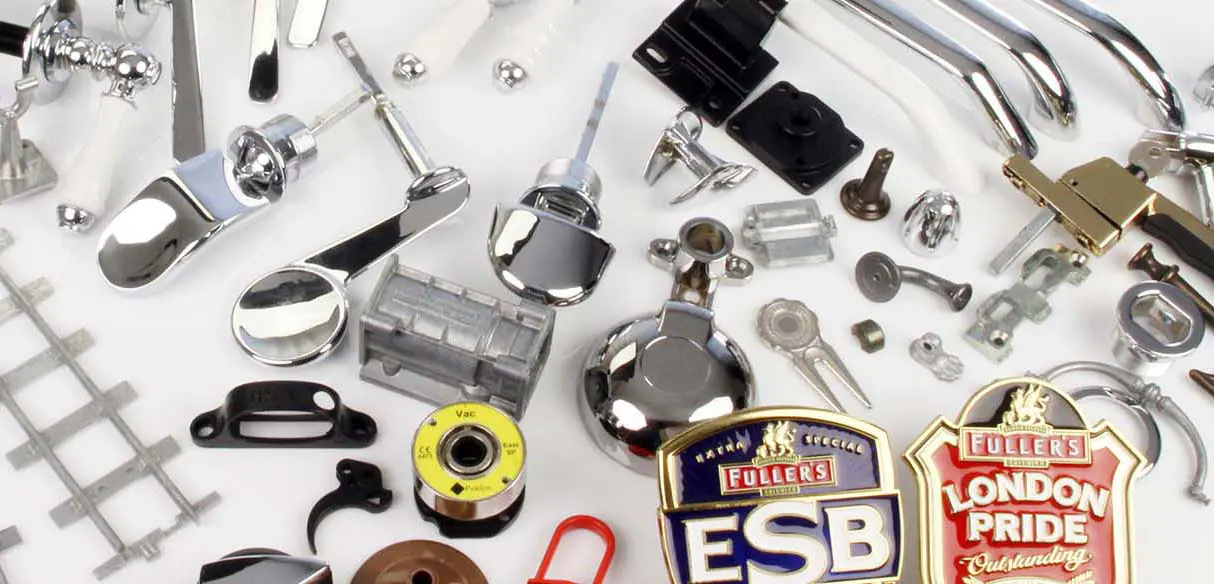You are currently surrounded by products that are produced in diecasts. When you turn the taps on or drive your car, almost every product or part of the product you use in your daily life has a component that is manufactured with diecasting in some form.
The die casting process gives you the ability to produce repeatedly detailed and highly accurate components which makes it a fantastic choice for mass production.
Due to the benefits of using Zinc alloys, you can also manufacturer components that are durable and dimensionally stable without compromising the need for close tolerances.
This means zinc die casting as a manufacturing process can produce geometrically complex parts and components as well as offering further benefits for volume production and minimising post-casting operations.
Dimensional Stability
Conventional zinc alloys have great dimensional stability characteristics when cast. Certain variations of zinc alloys like ZA-27 may require treatment to minimize or slow the effects of ageing and wear where certain tolerances are required. Make sure your supplier understands your requirements and explains the process requirements to maximise the lifetime of your casting.
Draft Angles
When considering the draft angle, you will work with your provider to look at the taper on the die that is required for the removal of the cast component from the cavity and the effect it will have on your product, costs and post-casting operation requirements.
Zinc alloys can be die-cast with less draft angle than most competitive materials. There are also certain situations where components can be cast with zero draft angles. This is a major advantage when producing parts in moving mechanical contacts such as gears. Where possible zero draft angle can allow for net shape manufacturing resulting in lower-cost production and expensive secondary casting operations.
Fluidity
Zinc alloys across the board provide superior thin-wall castability because of its exceptional casting fluidity. This allows for wall thicknesses of 0.15mm for die-cast components and 2.3mm for permanent mould casting to be produced. This thin-wall capability allows you to develop lighter, smaller and intricate castings, which can help you lower the costs of your products production and tooling costs.
Tolerances
Zinc die casting can produce components with a high degree of accuracy and volume. More often than not this rivals machining tolerances and can be used to cast closer tolerances than any other metal or moulded plastic.
Due to this, there are no other processes that can easily achieve the same net shape performance. This can massively impact budgeting the casting of components as it presents the opportunity to reduce or eliminate machining and secondary processing.
Finding the right casting supplier
It is essential to find the right manufacturer who can work with you to optimise the design of your components and dies. This will make sure to produce a highly accurate, repeatable part, whilst also considering factors for the aesthetic design and keeping costs at a minimum.
